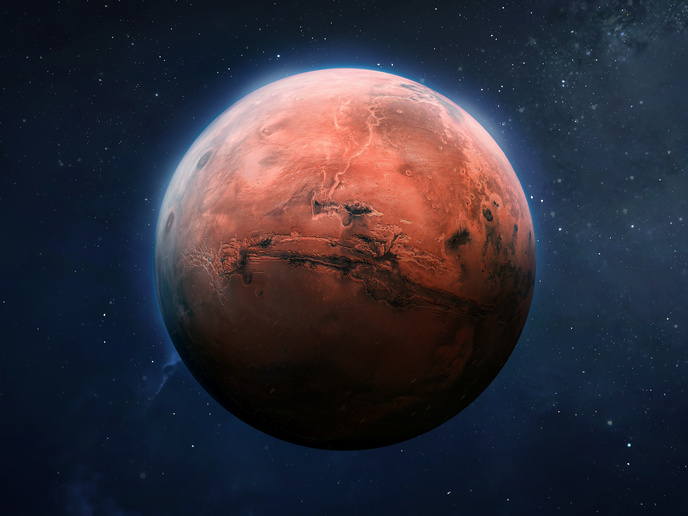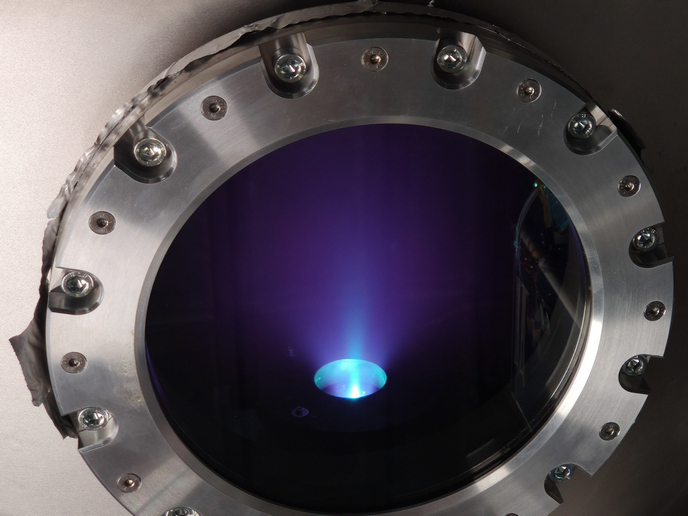Water on Mars?
Although today Mars is known as ‘the red planet’, at one point in time it was also a wet planet. “During the first 1 000 million years of the planet’s geological history, Mars was covered with water, including large glaciers, rivers, lakes and seas,” says Alberto Fairén, a planetary scientist at the Spanish Astrobiology Centre. But where did this water come from, and what impact did it have on the planet’s geology, mineralogy and potential for life? Helping to answer these questions is the EU-funded MarsFirstWater project. “Using datasets from different spacecraft missions, laboratory experiments, computer simulations and fieldwork, our goal was to gain a quantitative understanding of the nature of water on early Mars,” adds Fairén, who serves as the project coordinator. The European Research Council (ERC) supported project is a continuation of icyMARS, a previous ERC project that investigated the presence of water and the prospects for life on a cold planet.
New tools for studying early Mars
The project developed several new methods and tools for studying early Mars. These include an innovative approach to quantifying the extent to which microorganisms could thrive in the extremely scarce and very cold liquid water and brines that once existed on the planet. Researchers also created an astrobiological instrument to search for biomarkers on Mars and the icy moons of the outer solar system. “We introduced the concept of ‘astrobiological time analogues’, which we can use to understand environmental transitions and possible ecological successions on early Mars,” notes Fairén.
Proof that life could have once thrived on Mars
With these solutions in hand, the project successfully identified a metabolic pathway by which microorganisms could increase the habitability of cold saline solutions. “If confirmed, this microbial strategy could deepen our understanding of how life may have thrived on early Mars,” explains Fairén. Another important outcome of the project was the identification of glauconites on Mars. “Finding this type of clay demonstrates that lakes on early Mars were both long-lived and habitable,” remarks Fairén. The project also tested various instruments that are either currently being used on the red planet or set to be used on a future mission, helping ensure they were optimised to search for life on Mars.
Supporting other research about water on Mars
The project’s research has generated over 50 peer-reviewed scientific papers, including one that won the European Astrobiology Network Association’s 2021 Outstanding Paper Award. “MarsFirstWater will prove to be a pathfinder for other researchers’ qualitative and quantitative analyses of Martian hydrogeology, geochemistry and mineralogy, along with computer modelling, microbiology, and robotic mission operations and data analysis – opening new avenues for in situ exploration by landers and rovers,” concludes Fairén. Fairén hopes to continue his research via an additional ERC grant.
Keywords
MarsFirstWater, spacecraft, Mars, planet, astrobiology, icyMARS, solar system, research







